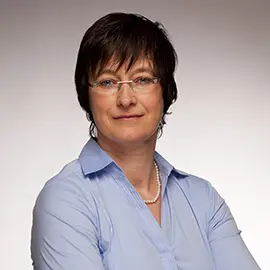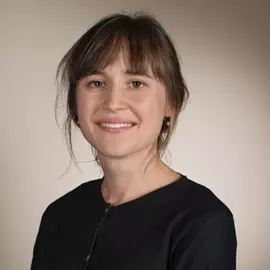Media, interaction, children, and parents
The MIKE Study examines media use in a representative group of primary school children in Switzerland. MIKE stands for Medien, Interaktion, Kinder, Eltern (media, interaction, children, parents). The study surveyed more than 1,000 children aged 6 to 13 years and more than 500 parents in Switzerland's three largest language regions.
MIKE Study 2021

Playing games, sports, and social contacts characterize the free time of primary school children in Switzerland. Only then does gaming become a digital activity.
The new MIKE study by ZHAW and the Youth and Media Platform shows that the media usage behavior of six- to thirteen-year-olds is back at a similar level as before, despite increased usage during the corona pandemic.
During the pandemic-related restrictions, certain leisure activities were not possible and, together with distance learning, the intensity of use of digital media increased. However, these changes had no long-term impact on children's media use. As in previous years, according to the representative MIKE survey, nonmedia play in all its forms and playing various sports such as soccer and cycling are among the most popular leisure activities.
Compared to the last survey in 2019, painting, drawing and handicrafts have increased. Activities with the family and meeting friends remain particularly central for the children. In the course of their primary school years, however, children's media repertoire becomes increasingly diverse and media use takes on a greater role in their everyday lives.
The 2019 MIKE Study

In their free time, primary school children in Switzerland have a preference for playing and sports activities. This is a finding of the new MIKE Study, which was conducted before the COVID-19 crisis. Although engaging in demanding hobbies has decreased, children continue to prefer leisure activities without media use, even though nearly half of the children own a mobile phone. In addition, television and playing electronic games are important media activities.
In Switzerland, primary school children’s favourite leisure time activities are playing indoors or outdoors and sports activities like soccer, bicycling and swimming. There has been very little change in this compared to the previous surveys. However, there is a striking decrease in making music (-2%) and attendance at children’s and youth groups such as Scouts (-19%). These are the findings of the new MIKE Study conducted by the ZHAW.
For this third survey, more than 1,000 primary school children aged 6 to 13 years reported their media and leisure activities. As for media use in their free time, most of the children watch television one or more times per week (81%), listen to music (76%) or play electronic games (68%).
The 2017 MIKE Study

The MIKE Study found that although children in Switzerland frequently use smartphones and tablets, they much prefer to play outside, do sports, or meet friends. In addition, parents check on their children's media use in terms of time spent using media and age-appropriate content.
About half of primary school children have their own mobile phones, most often a smartphone. There are large age differences in having mobile phones: A quarter of 6- to 9-year-olds, almost two thirds of 10- to 11-year-olds, and four fifths of 12- to 13-year-olds have their own mobile phones.
Among children aged 6 to 13, the most popular leisure activities are playing, doing sports, and meeting friends, much more so than media activities like gaming, reading, and watching television. Everyday media use is dominated by television, music, and books. More than three quarters of the children watch television, listen to music, or read books at least once a week.
Younger children tend to be more entertainment-oriented in their media use, whereas for older children, communication is more important. It is striking that at age 10 or 11, many children show a sudden increase in the frequency of media use and the time spent using media.
The 2015 MIKE Study
The results show that experience with media use is a part of children’s everyday lives and that the majority of children are growing up in households richly equipped with media. Mobile phones and smartphones, computers and laptops, Internet access, and television are found in almost all households. But despite the large availability of digital media, in their free time children most often play. Doing homework is also a part of children's everyday lives. The children meet friends, play sports, and do things with their families about as frequently as they listen to music, watch TV, and read books.
Through the course of the primary school years, media use changes: Internet and mobile phone are used more frequently by older children. Although many children do not yet have their own mobile phone or do not use one regularly, mobile phones take first place among the children’s favourite media.
Besides children’s media use, the MIKE Study throws light on numerous aspects in the area of family and media. Parents and children influence each other mutually in their media use, and they often use the same media with similar frequency, except for video games. Parents worry the most about media content containing violence and pornography.






